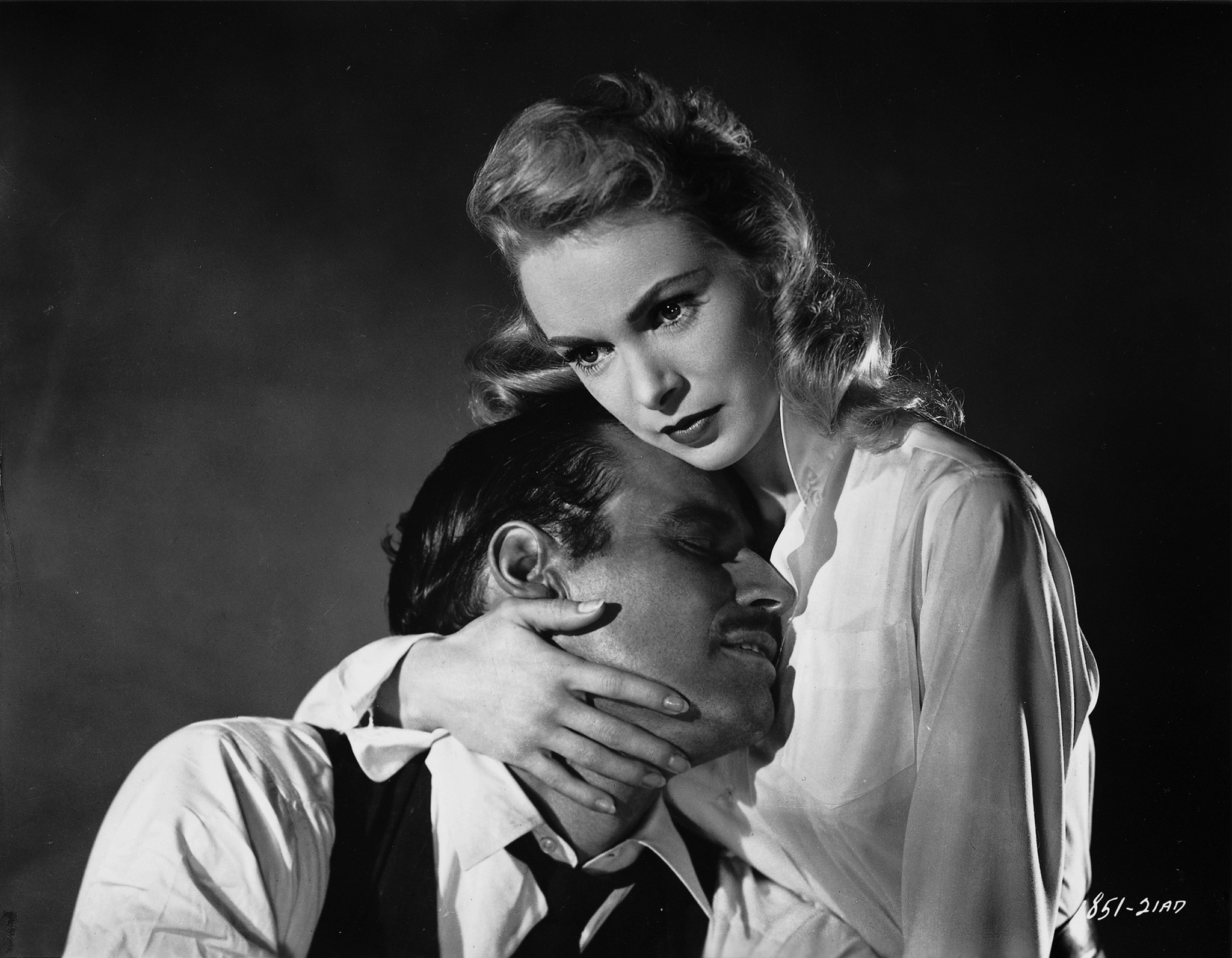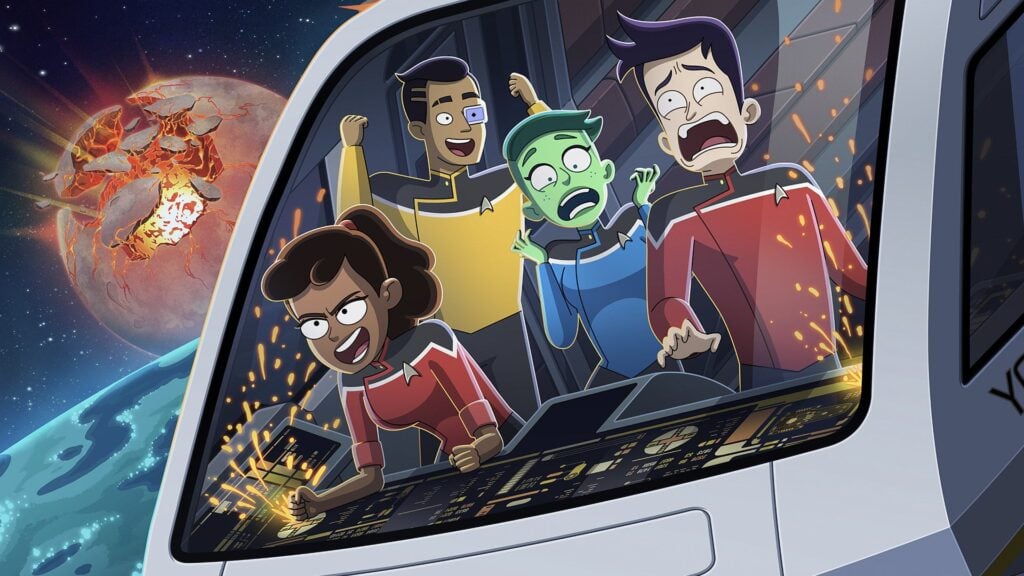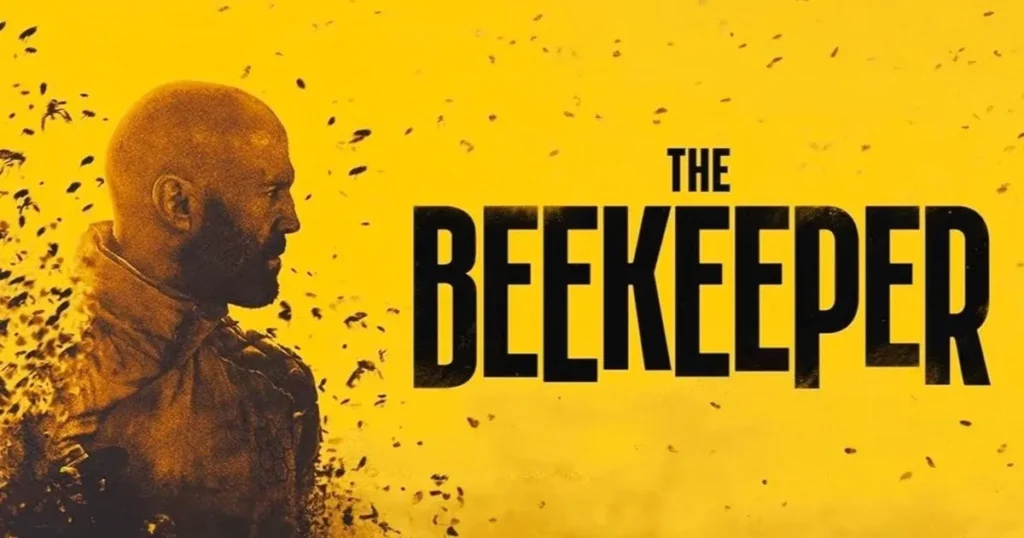Following the release of both The Lady from Shanghai for Columbia Pictures and his adaptation of William Shakespeare’s Macbeth for Republic Pictures in 1948, Orson Welles spent much of the next several years abroad in Europe. During that time, he directed an adaptation of Othello (1952) as well as Mr. Arkadin (1955) in addition to working on several TV projects and acting in a few films like John Huston’s Moby Dick (1956). Upon returning to Hollywood in 1956, he first made an appearance as an actor in Man in the Shadow (1957) before taking on his next directorial effort, Touch of Evil. Released on DVD and Blu-ray over the years by Universal, Kino has licensed the film for its UHD Blu-ray debut.
The Production: 5/5
A car bomb, killing prominent local man Rudy Linnekar and his stripper girlfriend Zita (Joi Lansing), rocks the sleepy border town of Los Robles and interrupts the honeymoon of Mexican special prosecutor Mike Vargas (Charlton Heston) and his American bride Susie (Janet Leigh). Joining the investigation, he soon suspects that police captain Hank Quinlan (Orson Welles) has planted evidence to frame the secret husband of Linnekar’s daughter, but that’s only scratching the surface of a far darker truth. Soon, Susie becomes entangled up in the ensuing maelstrom of crime, deception and murder and Vargas will soon make sure that the corrupt Quinlan has performed his last dirty trick, if Quinlan’s own self-destructive actions during the case don’t do him in first!
The story behind the production and revival of Touch of Evil is just as legendary as the film itself. After production wrapped, Universal-International was confused about what they truly had in regard to film’s unique narrative. After the studio conducted reshoots – helmed by Harry Keller, shot by Clifford Stine and featuring dialogue written by Franklin Coen, all of whom went uncredited – and delivered a more conventionally edited version, Welles penned the now legendary 58-page memo outlining what he had envisioned for the film. Unfortunately, these changes weren’t made, and the film was mostly dismissed by American critics, despite recouping its production costs at the box office and even garnering acclaim abroad. The film’s re-evaluation began in 1976, when a print of the 108-minute preview version – discovered earlier in the decade – was given a theatrical release which helped the film’s reputation. However, it was in 1998 – 13 years after Welles’ death – a reconstruction of the film that closely adhered to the wishes made in the memo was carried out by Rick Schmidlin and Walter Murch using the existing materials available, since the rough cut no longer existed, precluding any chance of a true “director’s cut”. It’s this reconstructed version that has finally given the movie the masterpiece status it truly deserved right from the start.
About the film itself, it’s clear that Welles’ masterful touch is evident right from the start. From the legendary opening tracking shot to the solid use of crosscutting to keep two halves of the story alive, Welles takes advantage of the cinematic possibilities provided by Whit Masterson’s source material. Also, the cinematic savant makes a clever reversal of the nationalities of the leads in translation from novel to screen in order to make a point about racism and corruption in the border towns (a point that may be more relevant today than when it was first released). However, perhaps the film’s greatest asset visually is the work of cinematographer Russell Metty, whose work here can hold its own with some the greatest of the film noir genre; the work of composer Henry Mancini – who was on the verge of breaking out in both Hollywood and the music scene overall – shouldn’t be overlooked either, as this was his one of his last scores for Universal before striking out on his own (a couple of cues were later used for the opening and end title music for Don Siegel’s 1964 remake of The Killers). Despite a rocky start to its life following the end of filming, Touch of Evil is rightfully acclaimed today for both its style and substance and a final flash of glory in Hollywood for one of cinema’s greatest outsiders and for the golden age of film noir as well.
Top billed here, Charlton Heston has one of his best career performances as the determined Vargas; his career would reach an apex the year with his Oscar-winning performance as the titular Ben-Hur (1959). Jumping at the chance to work with Orson Welles, Janet Leigh had a breakthrough performance here as the terrorized Susie; her career would hit its high point with the Oscar nominated performance as the ill-fated Marion Crane in Alfred Hitchcock’s Psycho (1960). As the corrupt Quinlan, Welles would give one of the best performances of his career outside of Citizen Kane (1941); he would also provide the voice of the coroner – played by an uncredited Joseph Cotten in a cameo appearance – at the crime scene. Rounding out the ensemble cast are Joseph Calleia as Quinlan’s righthand man Sgt. Menzies, Akim Tamiroff as the scheming Uncle Joe Grandi, Ray Collins as the district attorney, Dennis Weaver as the night manager of the American motel Susie stays at, Valentin de Vargas as a hood menacing Susie, Mercedes McCambridge as the leader of the street gang, Mort Mills as the DA’s assistant Al Schwartz, Joi Lansing as the ill-fated Zita (who couldn’t catch a break, even in death), Joanna Moore as the daughter of the victim, Victor Millan as the husband set up by Quinlan to take the fall for his father-in-law’s death, Harry Shannon as the police chief, Zsa Zsa Gabor as the owner of the strip club Zita worked at (her sister Eva also appears uncredited in the strip club scene as well), an uncredited Keenan Wynn as a bartender, an uncredited John Dierkes as a policeman at the crash site and the most notable cameo of them all here, Marlene Dietrich as Tanya, Quinlan’s ex-lover who also has one of the greatest closing lines in any movie (“He was some kind of man… What does it matter what you say about people?”).
Video: 5/5
3D Rating: NA
The original 96-minute theatrical version, the 109-minute preview version – rediscovered by Universal in 1976 and incorporating some of the changes requested in Welles’ memo – and the 111-minute reconstructed version are all presented in their original 1:85:1 aspect ratio, taken from brand new 4K restorations done for this release. All three versions exhibit organic film grain and a faithful representation of fine details and gray scale; there’s few instances of issues like scratches, dirt, tears or vertical lines present on each of the versions. Overall each respective cut of the movie has likely gotten the best visual representation on home video here.
Audio: 5/5
All three versions’ mono soundtracks are presented on a DTS-HD Master Audio track from this release. Dialogue is both strong and clear along with the sound mix and Henry Mancini background score each given faithful representation and presentation as well; there’s little to no cases of distortion, crackling, hissing or popping present here. Again, all three versions have likely been given the best audio presentation on home video here as well.
Special Features: 5/5
Disc 1 – Theatrical Version
Commentary by film historian Tim Lucas – One of two newly recorded commentary tracks for this release, Lucas goes over the more intricate background information on the film’s production.
Commentary by film historian F. X. Feeney – Carried over from the 2008 Universal DVD and the later Blu-ray release from 2014, Feeney dissects some of the visual style of the scenes in the theatrical cut in addition to some production tidbits.
Theatrical Trailer (2:11)
Disc 2 – Reconstructed Version
Commentary by film historian Imogen Sara Smith – The second of the newly recorded commentary tracks for this release, Smith goes over some of the themes within the movie while also noting how the change in each version also changes the schematics overall.
Commentary by actors Charlton Heston, Janet Leigh and reconstruction producer Rick Schmidlin – Recorded in 1998, Heston and Leigh share their memories of working on the film while Schmidlin highlights the changes from the theatrical and preview versions in addition to pointing out which footage from the reshoots done by Harry Keller made it into the reconstructed cut.
Evil Lost & Found (17:05) – This archival featurette from 2008 looks at the journey the film took from the theatrical version to unearthing the preview version and finally reconstructing the film to closely match Welles’ wishes. Featuring interviews with Charlton Heston, Janet Leigh, Jonathan Rosenbaum, reconstruction supervisor Bob O’Neil, reconstruction producer Rick Schmidlin, reconstruction editor Walter Murch and filmmakers George Lucas, Peter Bogdanovich and Robert Wise.
Disc 3 – Preview Version
Commentary by Orson Welles historians James Naremore & Jonathan Rosenbaum – Carried over from the previous 2008 DVD and later 2014 Blu-ray release from Universal, Naremore and Rosenbaum share some of the details on what changes were made to the film from the Welles memo in the preview version.
Bringing Evil to Life (20:59) – This featurette from 2008 looks back at the making of the movie, featuring archival interviews with actors Charlton Heston, Janet Leigh, Dennis Weaver and Valentin de Vargas, filmmakers Robert Wise and Peter Bogdanovich and cinematographer Allen Daviau.
Noticeably missing from this release is a reproduction of the 58-page memo by Orson Welles that was included with the 2014 Limited Edition Blu-ray release.
Overall: 5/5
Although missing the mark with American critics during its initial release (despite recouping its costs at the box office), Touch of Evil has rightfully been re-evaluated – and re-edited to great effect to reflect the original intent as close as possible – over the years as a noir masterpiece and as one of the best films Orson Welles ever made. Kino has done the movie full justice with this release here, with stellar HD transfers of all 3 versions of the film in addition to a comprehensive slate of special features, including 5 commentary tracks. Very highly recommended, absolutely worth upgrading from all previous home video editions and certainly a contender for best UHD Blu-ray release of the year.
Mychal has been on the Home Theater Forum’s reviewing staff since 2018, with reviews numbering close to 300. During this time, he has also been working as an assistant manager at The Cotton Patch – his family’s fabric and quilting supplies business in Keizer, Oregon. When not working at reviewing movies or working at the family business, he enjoys exploring the Oregon Coast, playing video games and watching baseball in addition to his expansive collection of movies on DVD, Blu-ray and UHD, totalling over 3,000 movies.
Post Disclaimer
Some of our content may contain marketing links, which means we will receive a commission for purchases made via those links. In our editorial content, these affiliate links appear automatically, and our editorial teams are not influenced by our affiliate partnerships. We work with several providers (currently Skimlinks and Amazon) to manage our affiliate relationships. You can find out more about their services by visiting their sites.






Similar threads